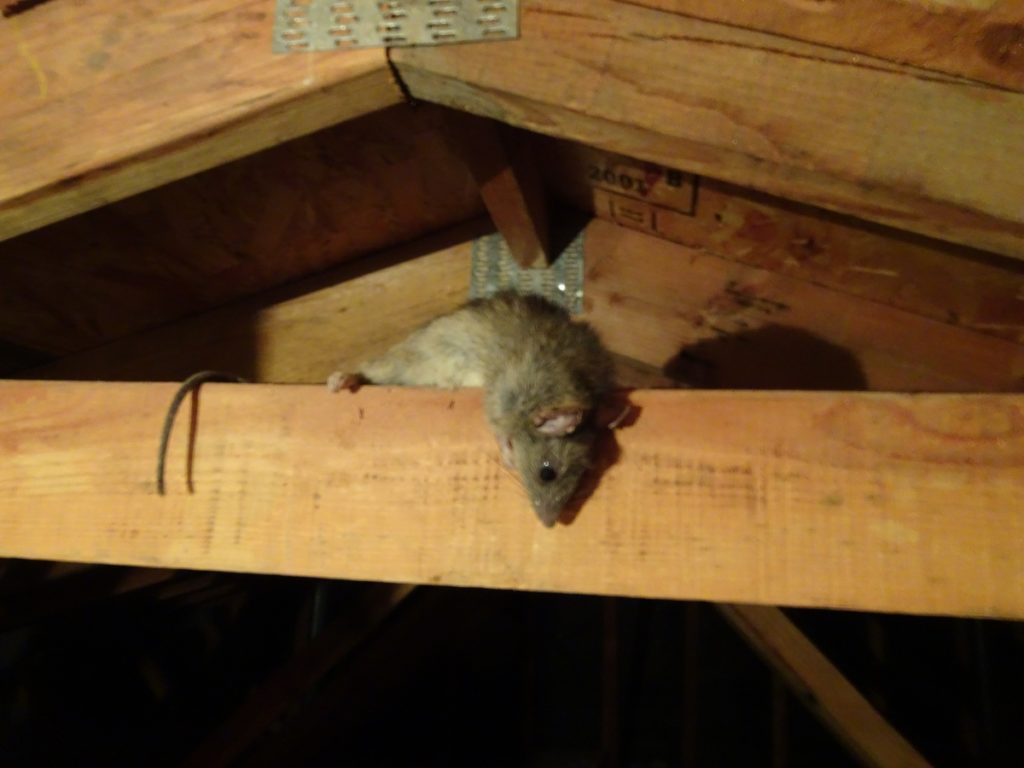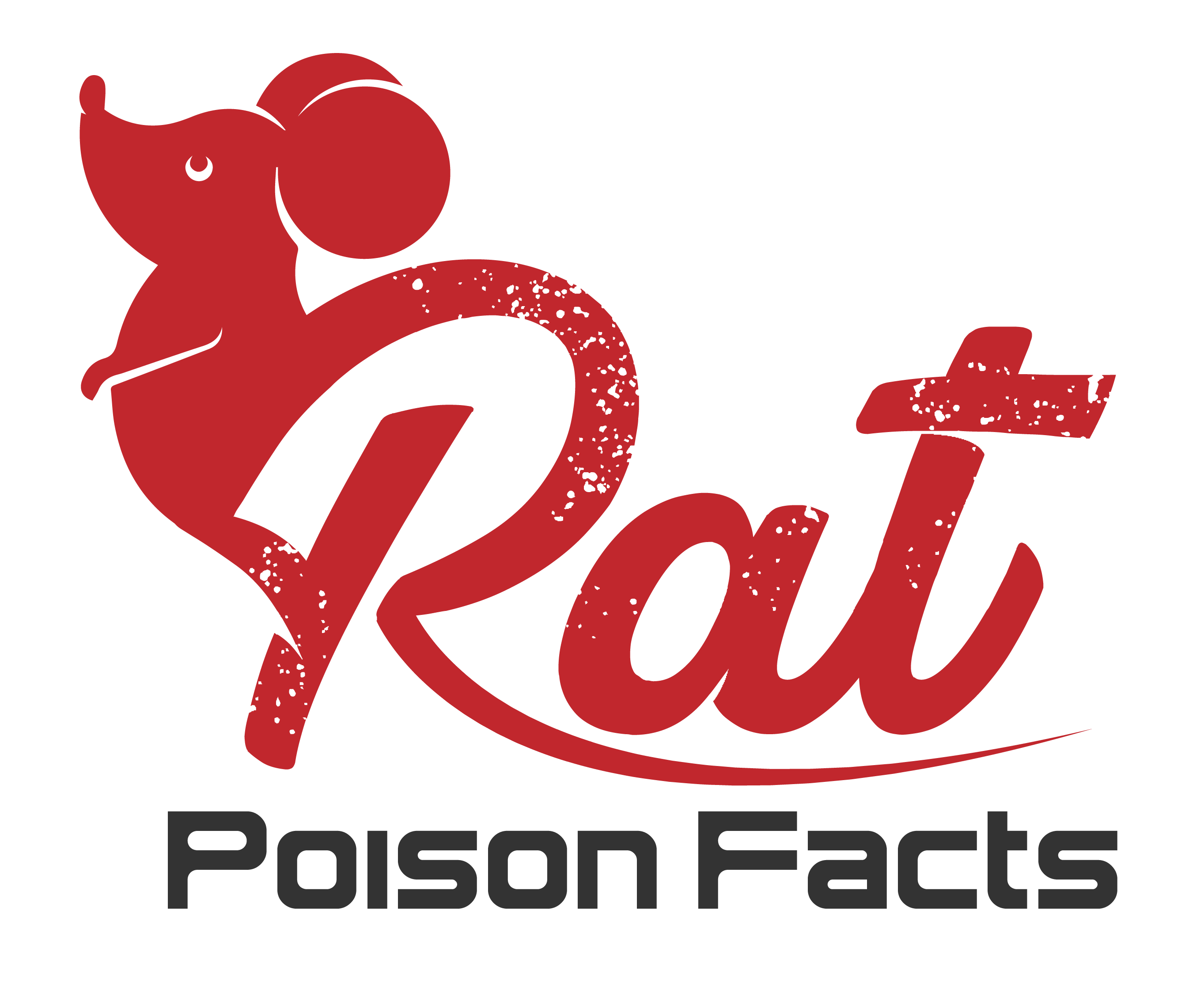
Using rodenticides may seem to be a simple solution at first, but there are some important risk associated with their use, including secondary poisoning for pets. The more you learn about this risk and the potential consequences, the more likely you are to want to consider a different method of rodent control.
Understanding Primary vs Secondary Poisoning
There are two types of potential poisoning that your pets may experience due to rodenticides.
In animals, the most likely method of secondary poisoning would be if your pet eats the poisoned rodent.
Secondary Poisoning and Secondary Ingestion
Technically, there are two ways that your pet may indirectly ingest the poison that you intended to give to rodents.
In practice, it is essentially impossible to tell whether secondary ingestion or secondary poisoning occurred, so most people just refer to either situation as secondary poisoning.
Your Dog Would Need to Consume a Lot for Secondary Poisoning

The good news is that it is unlikely that your pet would consume enough of the rodenticide via secondary poisoning to experience negative effects. Most rodent baits and poisons have low doses because of the small size of rodents. Because of the low toxicity of most baits, the average 20-pound dog would need to consume 1.6 to 96 ounces of the most common baits, depending on its species and a few other factors.
While that is a vast spectrum, it is still more than most dogs will consume via secondary poisoning. However, it is still a risk, especially with smaller dogs.
The Risk Increases with Extended Rodenticide Use
If you use rodenticides for an extended period of time, then the risk of secondary poisoning to your pet would increase. That is because your dog or cat could eat multiple poisoned rodents over the course of several days or weeks. The result would be secondary poisoning.
Minimizing the Risk of Secondary Poisoning
Since secondary poisoning is mostly a concern when pets consume a poisoned rodent, you can minimize the risk by taking steps to prevent your pet from eating those rodents.
Dispose of the Rodents Immediately
Start by always disposing of the dead rodents regularly. The longer they sit out, the more likely it is that your pet will be tempted to eat them.
Feed Your Pet Regularly
You should also make sure that you feed your pet regularly. Not only is this the right thing to do when you have a pet, but it will also deter them from looking for other food sources. This can be a particular concern in situations like barn cats that are not regularly fed and frequently scavenge.
Primary Poisoning is a More Significant Risk
The bigger risk when it comes to accidentally poisoning your pet when you use a rodenticide is primary poisoning. If you are not careful with your placement of the rodenticide, your pet could find it and eat it. This will require a very quick trip to the vet and could still be fatal, depending on your pet, the poison in question, and the quantity consumed.
If you are determined to use poison, then at least ensure that it is in an area that your pet cannot reach. Similarly, make sure that any children in your house cannot reach the poison.
Symptoms of Exposure to Rodenticide
If you use rodenticides and have pets, keep your eyes out for any potential symptoms that your pet consumed the poison, either directly or indirectly. The specific symptoms will depend on the active ingredient in the poison.
Anticoagulant Rodenticides
Exposure to anticoagulants can cause:
Note that it may take up to five days for the signs to appear.
Bromethalin
If your pet consumes enough of this poison, they may experience:
Lethal doses can take eight to 12 hours or up to a few days for the signs to first appear. The symptoms will then progress for maybe a week or longer. If the symptoms last that long, your pet will start losing control of its hind legs. It may also lose its interest in food, adopt strange postures, vomit, or enter a coma.
Cholecalciferol
Symptoms that your pet consumed cholecalciferol include
If your pet recovers, it may still have permanent muscle and/or kidney damage. Keep in mind that the body can store this active ingredient, breaking down and removing it slowly, so symptoms can be long-lasting.
Strychnine
This type of poison can lead to involuntary muscle spasms, starting within two hours of consumption for pets. Impaired breathing can also occur, leading to death.
Zinc Phosphide
Your pet may start vomiting less than an hour after consuming this poison. It may take up to four or even 18 hours for other signs to occur. Other symptoms include:
Consider Other Control Methods
The best way to avoid secondary poisoning of your pets is to avoid rodenticides at all. Instead, choose a more humane method such as using snap traps. These are reusable and will kill the rodents instantly.
